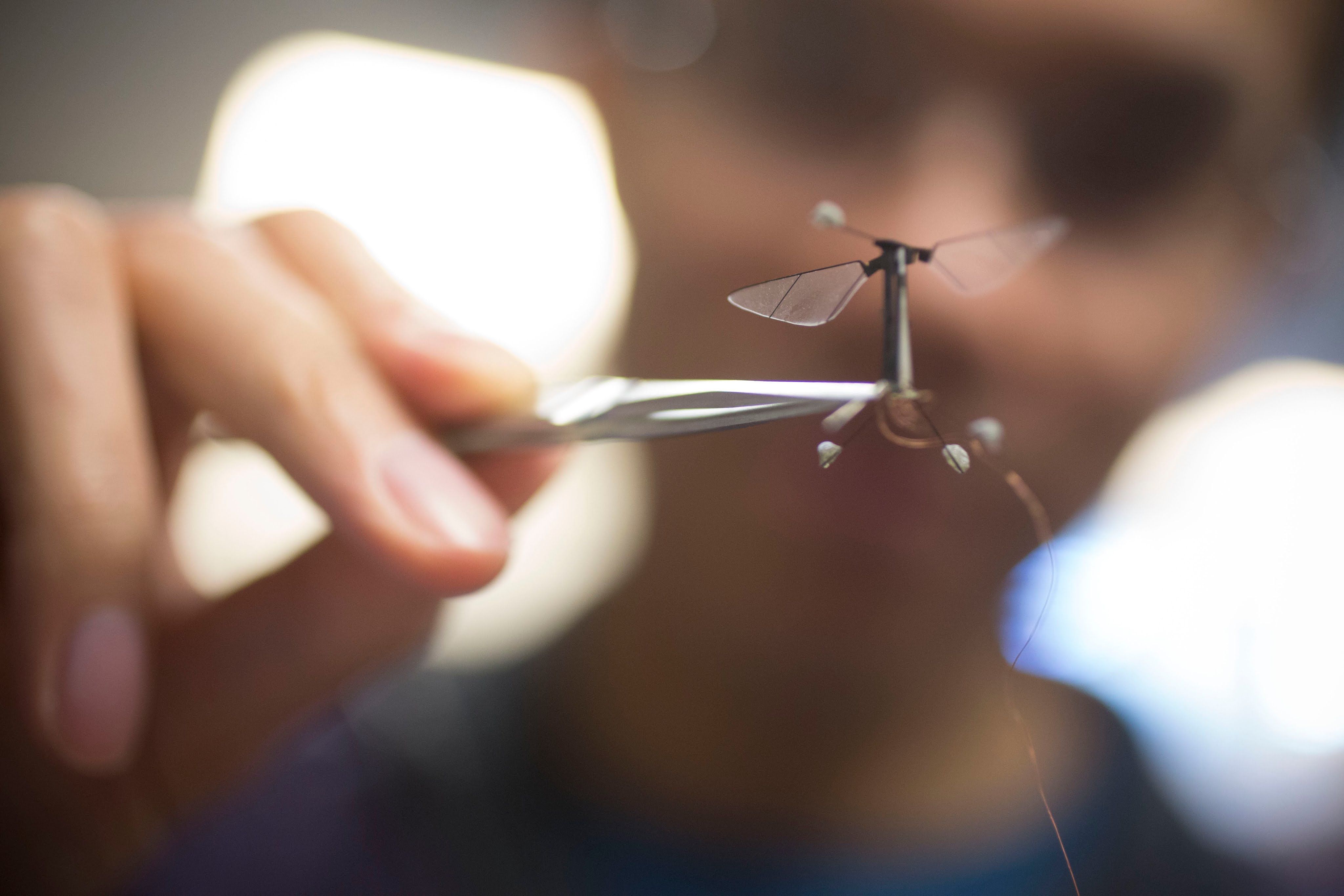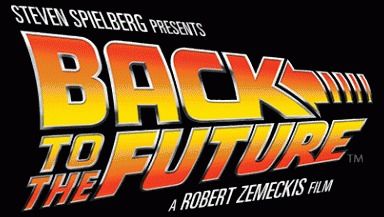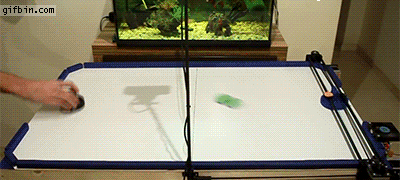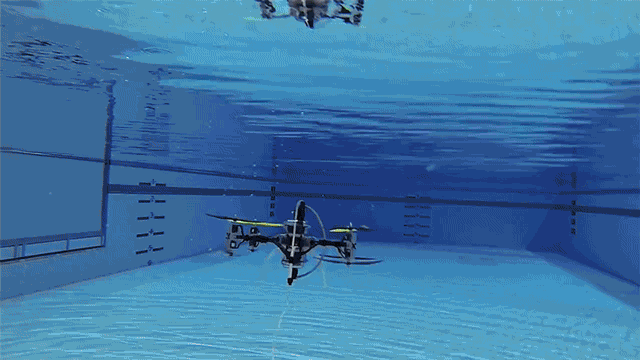Dec 6, 2015
Longer Life in a Pill May Already Be Available at Your Local Drug Store
Posted by Sean Brazell in categories: biotech/medical, life extension
To most of the scientific community, “anti-aging” is a dirty word.
A medical field historically associated with charlatans and quacks, scientists have strictly restricted the quest for a “longevity pill” to basic research. The paradigm is simple and one-toned: working on model organisms by manipulating different genes and proteins, scientists slowly tease out the molecular mechanisms that lead to — and reverse — signs of aging, with no guarantee that they’ll work in humans.
 But it’s been a fruitful search: multiple drug candidates, many already on the market for immune or psychiatric disorders, have consistently delayed age-associated diseases and stretched the lifespan of fruit flies, roundworms and mice. Yet human trials have been far beyond reach — without the FDA acknowledging “aging” as a legitimate target for drug development, researchers have had no way of pitching clinical trials to the regulatory agency.
But it’s been a fruitful search: multiple drug candidates, many already on the market for immune or psychiatric disorders, have consistently delayed age-associated diseases and stretched the lifespan of fruit flies, roundworms and mice. Yet human trials have been far beyond reach — without the FDA acknowledging “aging” as a legitimate target for drug development, researchers have had no way of pitching clinical trials to the regulatory agency.
















